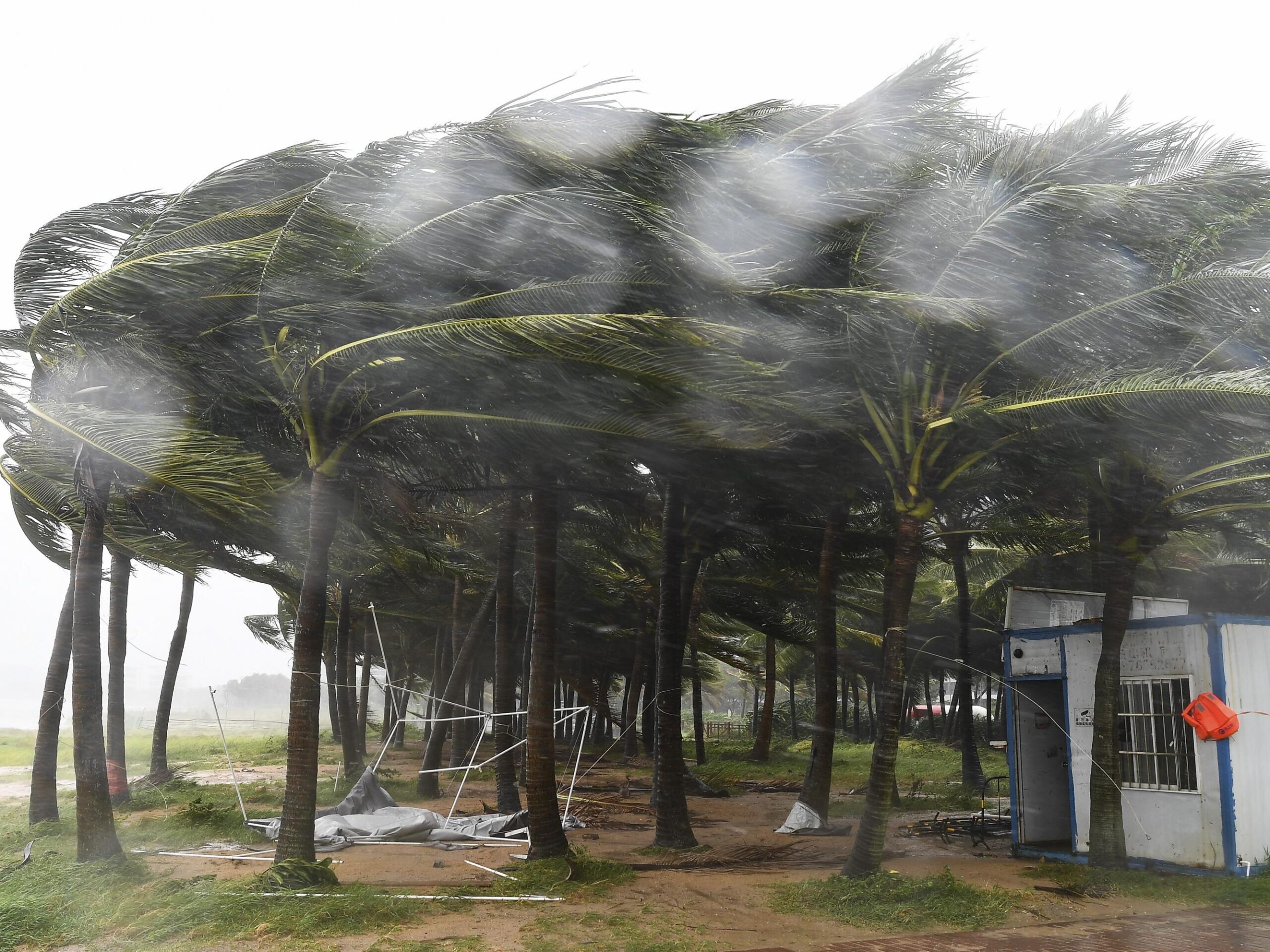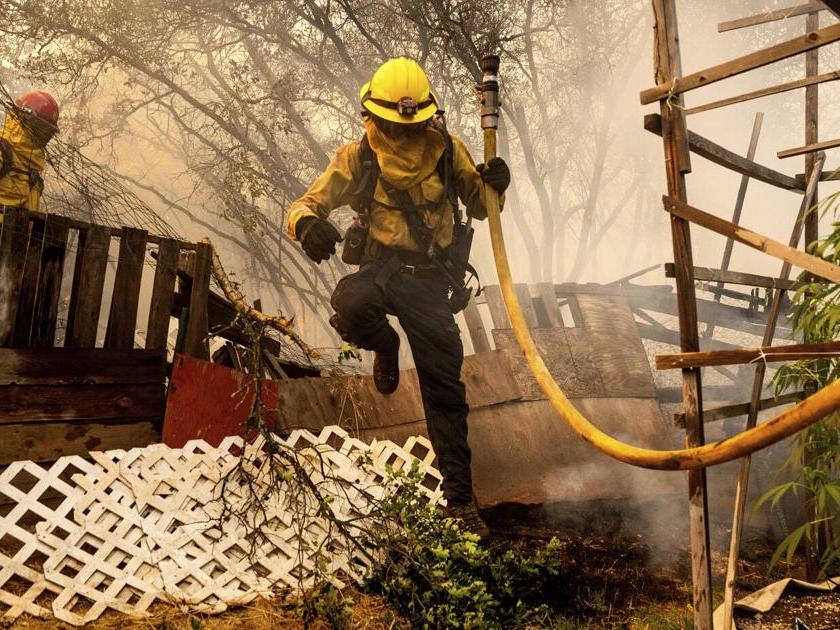Super Typhoon Yagi, described as ‘one of the most powerful typhoons in the region over the past decade’ by Vietnamese authorities, has left a trail of destruction across southern China and is now battering northern Vietnam. The storm made landfall in China’s Hainan province on Friday, September 6, 2024, with wind speeds exceeding 230 km/h (143 mph), before moving towards Vietnam on Saturday, September 7.In China, the typhoon has claimed at least two lives and injured 92 people in Hainan province. The storm caused widespread damage, uprooting countless trees, flooding roads, and leaving over 800,000 households without power. Prior to landfall, Chinese authorities evacuated approximately 460,000 people from Hainan and another half a million from neighboring Guangdong province.As Yagi moved towards Vietnam, it slightly weakened but remained a formidable Category 3 storm with sustained winds of 187 km/h (116 mph). Vietnamese authorities have taken extensive precautions, evacuating tens of thousands of people from coastal areas, including the UNESCO World Heritage site of Halong Bay. The Vietnamese government has mobilized over 457,000 military personnel for relief and rescue efforts.’The situation is very serious,’ said Vietnamese Premier Pham Minh Chinh. ‘We must be prepared for the worst’. In response to the approaching storm, Vietnam has closed several airports in the north, including Hanoi’s Noi Bai International Airport.Climate scientists continue to warn that the increasing intensity of tropical storms like Yagi is linked to climate change and warming oceans. ‘Typhoons are becoming stronger, fuelled by warmer oceans, amid climate change,’ noted experts quoted in The Gazette – Colorado Springs.As Yagi continues to move inland, both Chinese and Vietnamese authorities are working to mitigate its impact and provide relief to affected areas. The full extent of the damage and the total number of casualties are still being assessed.
Key points
- Super Typhoon Yagi has caused at least two deaths and 92 injuries in China’s Hainan province.
- The storm has now made landfall in northern Vietnam, prompting mass evacuations and the deployment of military personnel.
- Climate scientists link the increasing intensity of storms like Yagi to climate change and warming oceans.
Contradictions👾There are slight discrepancies in the reported wind speeds of Typhoon Yagi, with some sources citing 230 km/h and others mentioning 234 km/h.



